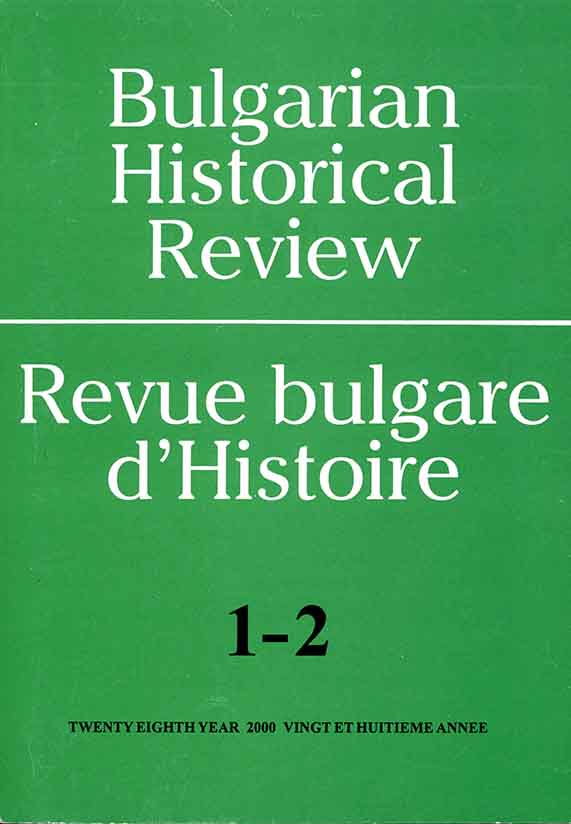
We kindly inform you that, as long as the subject affiliation of our 300.000+ articles is in progress, you might get unsufficient or no results on your third level or second level search. In this case, please broaden your search criteria.


Autobiography is often writing about how a “self” forms over time as it is affected by the conditions it encounters. This definition can be problematic for Holocaust autobiography, because hiding one’s self from others and repressing one’s desires and impulses became crucial to survival. This essay traces the processes by which a “self” emerges for one Holocaust writer and survivor, Helen S., through archival documents, testimonies and memoirs over time. Helen S.’s example demonstrates how an effaced self can have a textual presence before the writer can allow herself to fully inhabit a traumatic personal history.
More...
The article advances an approach to studying 20th century Jewish experience in the former Pale of Jewish Settlement that foregrounds individual biographies and places them in a larger cultural and historical context. Drawing on interviews and various other sources, this approach reveals, among others, how individuals challenge familiar categories of identification and thereby appeal to flexible research agendas.
More...
The article focuses on the self-creation dimension of the autobiographic narrative by Jan Tomasz Gross contained in his book …Long, Long Time Ago, More or Less Last Friday… (an example of talk literature). In his analysis, Kopczyk brings out the biographic models into which the authorprotagonist inscribes his life, paying attention to their relation with the Polish patriotic tradition, and romantic tradition in particular. In the fate of the protagonist, he perceives elements of “a typical romantic biography,” including the motif of mission and pilgrimage (for one’s homeland). The conclusion of the article suggests a relationship between Gross’s self-creation project and his work as a historian revealing the truth about the fates of Polish Jews during World War 2 and afterwards. Inscribing his own biography into “good models” alleviates what Gross perceives as personal consequences of disturbing the social taboo related to Polish people’s participation in the extermination of the Jewish minority.
More...
The subject of the paper is a unique autobiographical text written in interwar Poland by a Jewish anarchist. A small booklet in Yiddish, Memuarn oder shpliters fun a lebn fun Leybn (also known as Memuarn fun Leybn) was published in 1933 in Łódź; the Polish translation appeared in 2017 under the title Memuary albo okruchy z życia Lejba. In the first part of the paper the author of the text, Leyb Berkenvald, known as “Leyb the Anarchist,” is identified and described, with a focus on the social milieu to which he belonged, and his position on the map of interwar anarchism. In the second part, Leyb’s autobiography is analyzed from the perspective of the microhistory of affects to reveal an alternative form of male subjectivity emerging from the text, which countered the dominant, heteronormative model of masculinity. This specific form of subjectivity is interpreted – both in its hopes and disappointments – in the context of an unattainable messianic community which Leyb strove to conceive.
More...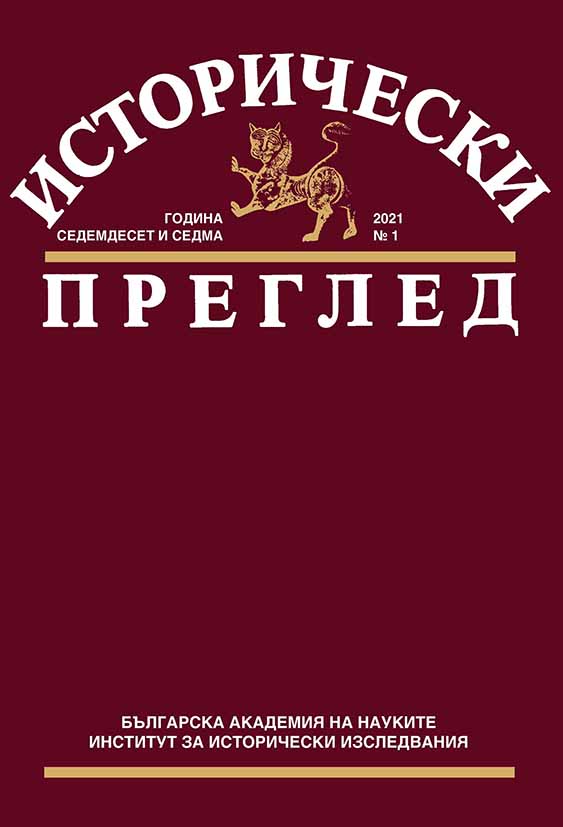
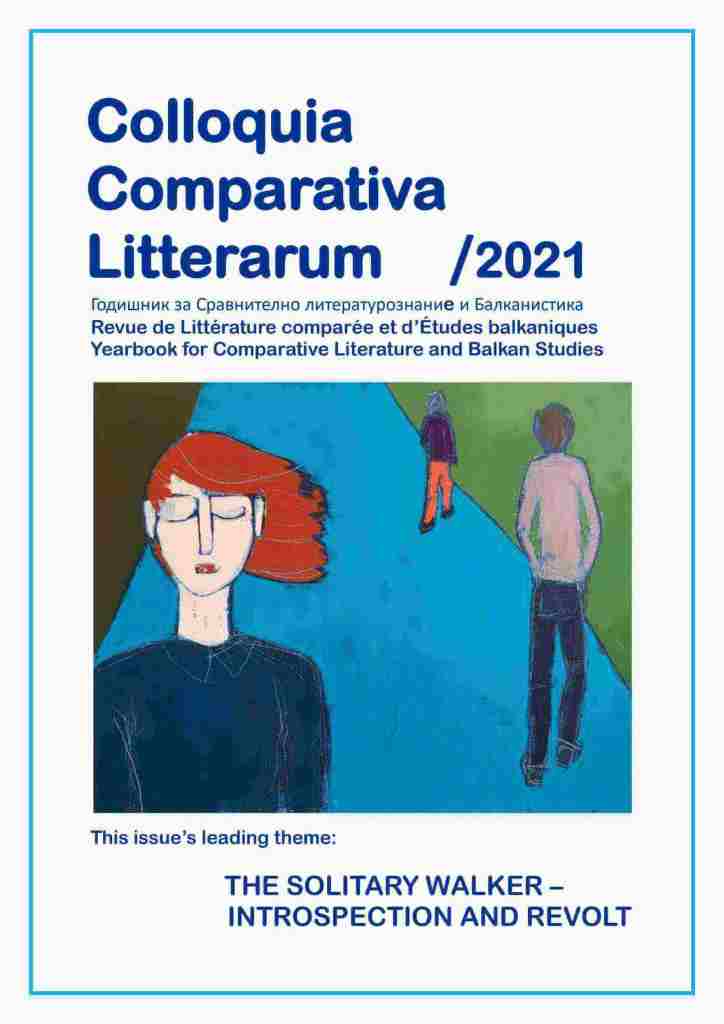
The text focuses on several recently published novels and a book of essays, which have provoked reactions and debates both in Bulgaria and around the world. It tries to see how writers rationalize the pandemic at the very beginning of its emergence. For most authors topics such as politics and ecology are important, because according to them the Covid crisis is the result of all other crises of today's world, and most of all, of the irresponsible human attitude towards nature and other human beings. Not accidentally – in their visions – it heralds new changes in the human and in the acceleration of the dystopian wave in literature.
More...
Content of the main Bulgarian scientific journals for the current year in linguistics, literature, history, folklore, ethnography, archaeology and art studies.
More...

Defended Ph.D. theses in Bulgaria in the field of linguistics, literature, history, folklore, ethnography and art studies.
More...
Data about scientific events in the field of the humanities in Bulgaria in 2021.
More...


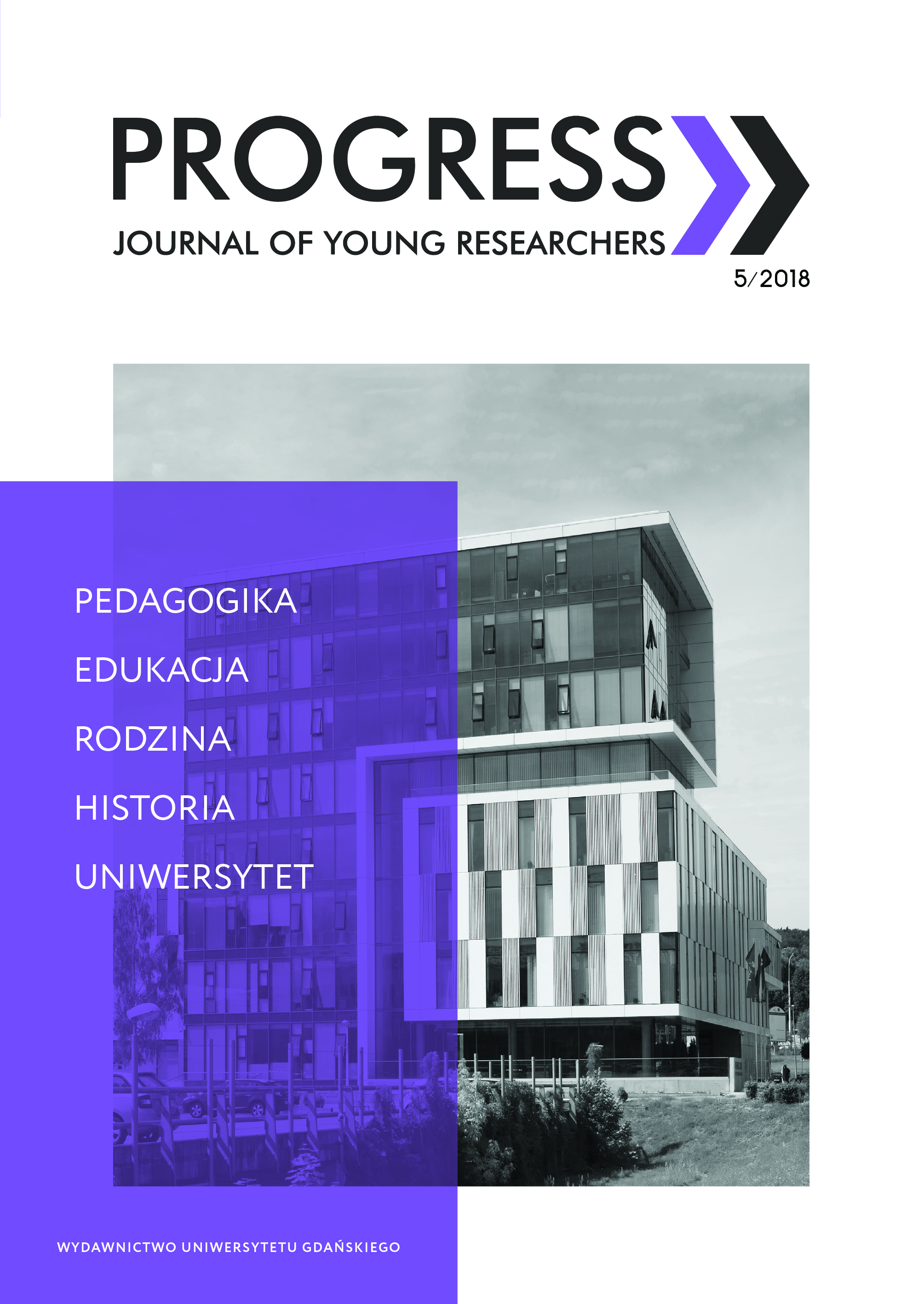
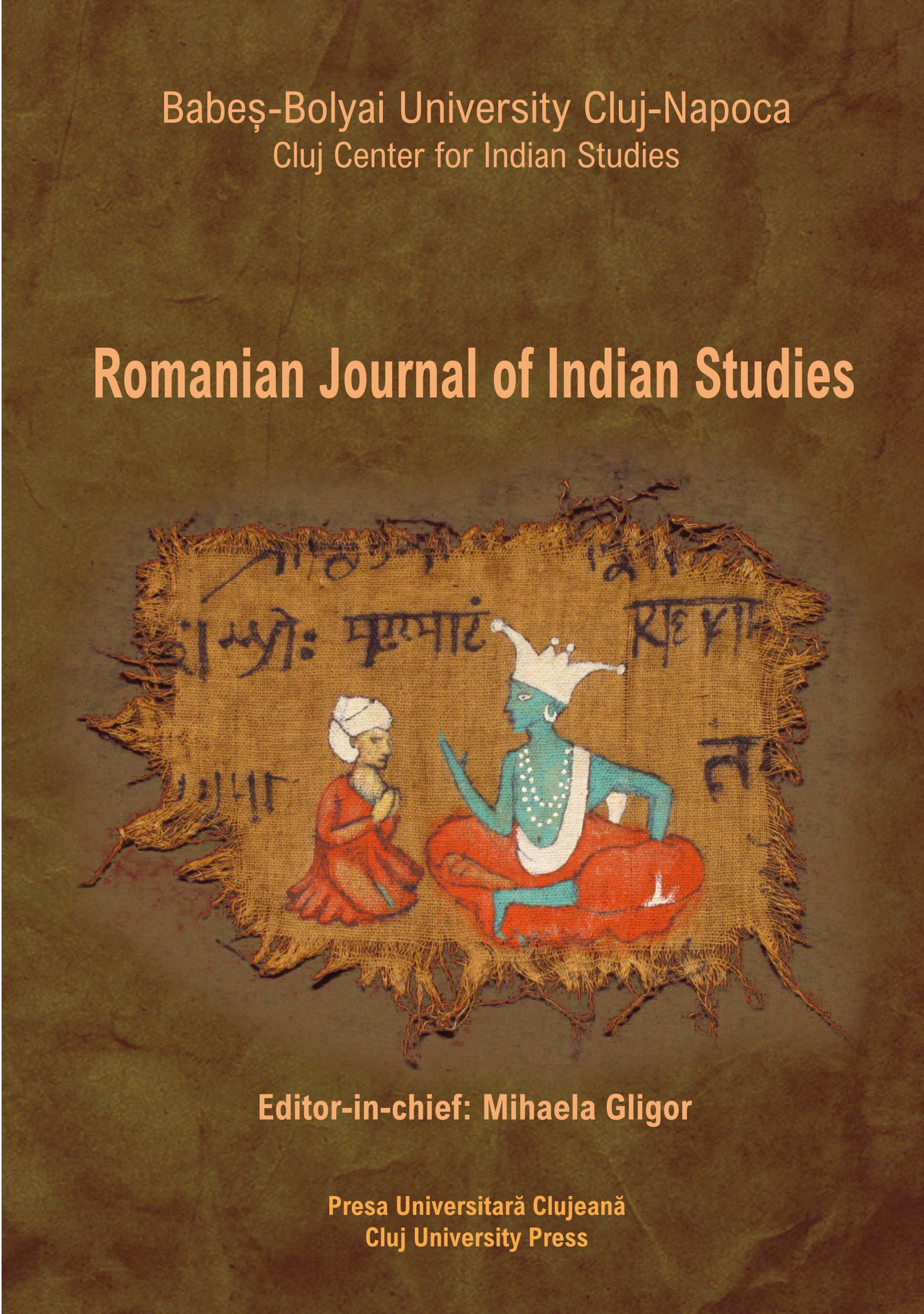
This study looks into the metaphorical understanding of the four principal kingdoms of the Vālmīki Rāmāyaṇa, i.e., Ayodhyā, Kiṣkindhā, Laṅkā and Mithilā, in terms of the four puruṣārthas of Hinduism, i.e., dharma, artha, kāma and mokṣa. The question is whether Vālmīki was creating a story to illustrate the four puruṣārthas in the form of a magnificent epic with all its plots, twists, intrigues and excitements. Not only do the three main kingdoms fit the trivarga order but seemed to be so aligned geographically north to south with Mithilā being the apavarga as does mokṣa among the puruṣārthas.
More...
This paper reviews five texts regarding Padmasambhava, which were written before Zangs gling ma (dBa' bzhed and four manuscripts discovered in Dunhuang – Pelliot tibétain 44, IOL Tib 321, IOL Tib J 644 and Pelliot tibétain 307), in an attempt to outline a historical portrait of Padmasambhava, different from the mythologized portrait shaped by Zangs gling ma and the revealed biographies following it.
More...
Rabindranath Tagore was the first Nobel laureate of Asia. In 1913 he received the prestigious prize for Gitanjali (Song Offerings), his volume of poetry. He was born in Calcutta into a wealthy Brahmin family. He was well educated and very talented. He was a poet, philosopher, writer, playwright, songwriter, painter, and educator. He was a very charismatic person and he traveled a lot. He held lectures at several important universities of the world, had encounters with extraordinary people, and received many honorific degrees. During his life time he created a remarkable oeuvre, and his legacy is monumental. At 160 years after his birth, Rabindranath Tagore’s genius is celebrated across the globe. This study presents a short history of his incredible family, which had an important role in the Bengali cultural renaissance.
More...
During the Communist period, Romania encountered an interesting phenomenon, specific for several Socialist countries: the import of Indian (mostly Hindi) films – a visual and musical treat for the Romanian audience. Their appeal can be analysed in numerous ways: Hindi films were special for their look into foreign places, for their musical quality, for their escapism, for their appeal to the Roma community. Taking into consideration the history of the India-Romania intersection, the import of Indian films provided a premiere: for the first time, Indian cultural objects were accessible for a larger number of people, because of cinema’s quality to address the masses.
More...